I will no longer be updating this page. Please go to publications
Physics of massive stars and their explosions
|
Hot, massive OB stars are the energetic and chemical engines of galaxies. Their high luminosity lights up and ionizes the medium, and drives strong, high-speed stellar wind mass outflows. The mass loss, combined with rapid, stellar rotation, can exert a strong influence on the formation and evolution of such massive stars, and on their demise as most energetic explosions in the Universe in the form of core collapse supernovae or long duration gamma ray bursts. In a supernova explosion, the supersonically moving ejected material interacts with the slowly moving surrounding wind formed due to mass loss from the progenitor star, thus works as a time machine and unravel the properties of the massive progenitor star. This gives rise to emission in radio bands via synchrotron process and X-ray bands via thermal and non-thermal processes. Radio observations give information about the mass loss rate of the progenitor star and density of the medium surrounding the supernova, whereas, the X-ray behavior gives information of shock temperatures and density. When supernova shocks sweep enough matter from the surrounding medium, they cease to expand freely and this post deceleration phase is called supernova remnants. Gamma Ray Bursts are extreme forms of massive stars explosions, with relativistically moving narrowly collimated jets. The jets upon interacting with the circumburst medium emits radiation in multiple wavelengths, with lower energy radiation coming at a later time, appropriately names as afterglows. Some of the gamma ray bursts are seen to be associated with supernovae. The dramatic progress in gamma ray bursts field has mainly resulted from afterglow studies and macroscopic clues such as the circumburst medium and the type (morphology) of the host galaxies. |

|
Click in boxes below to see some highlights of our research work.
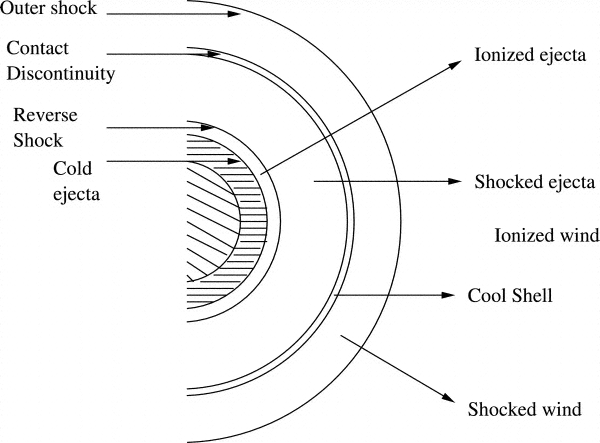
Type IIn supernovae are the most mysterious class of supernovae. Their progenitor stars are a big mystery....
Detail
While reverse shocks are seen in one every 24 optical afterglows of gamma ray bursts, they are much more prevalent in radio afterglows...
Detail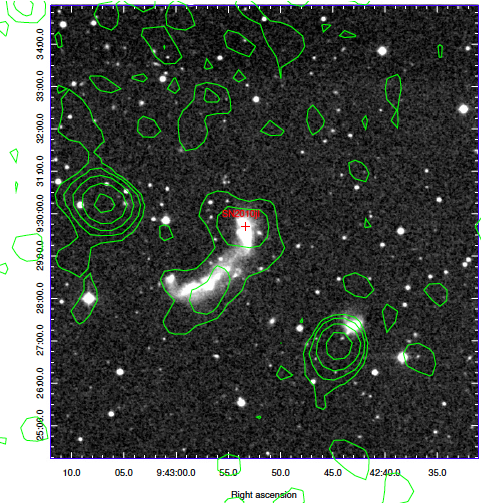
SN 2010jl have revealed a spectacular evolution of the column density from X-ray observations....
Detail
We have studied a catalog of radio afterglow observations of GRBs over a 14 year period from 1997 to 2011...
Detail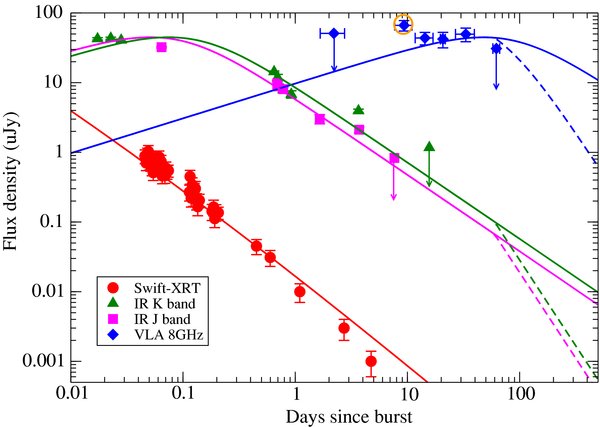
Radio detection of a redshift 8.3 GRB 090423 have revealed the environments of the Universe at such high redshift epochs...
Detail
Inverse Compton scattering can solve the famous mystery of lack of achromatic jet breaks in a subsample of Swift bursts....
Detail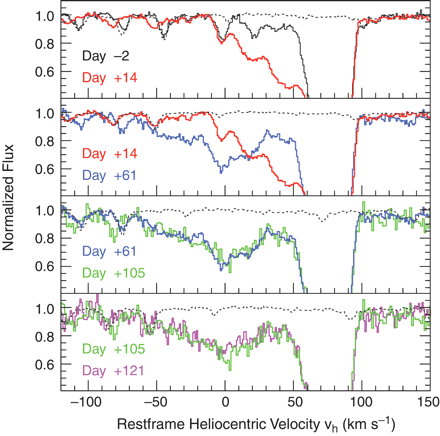
First time spectroscopic evidence of circumstellar matter has been seen in a thermonuclear supernova...
Detail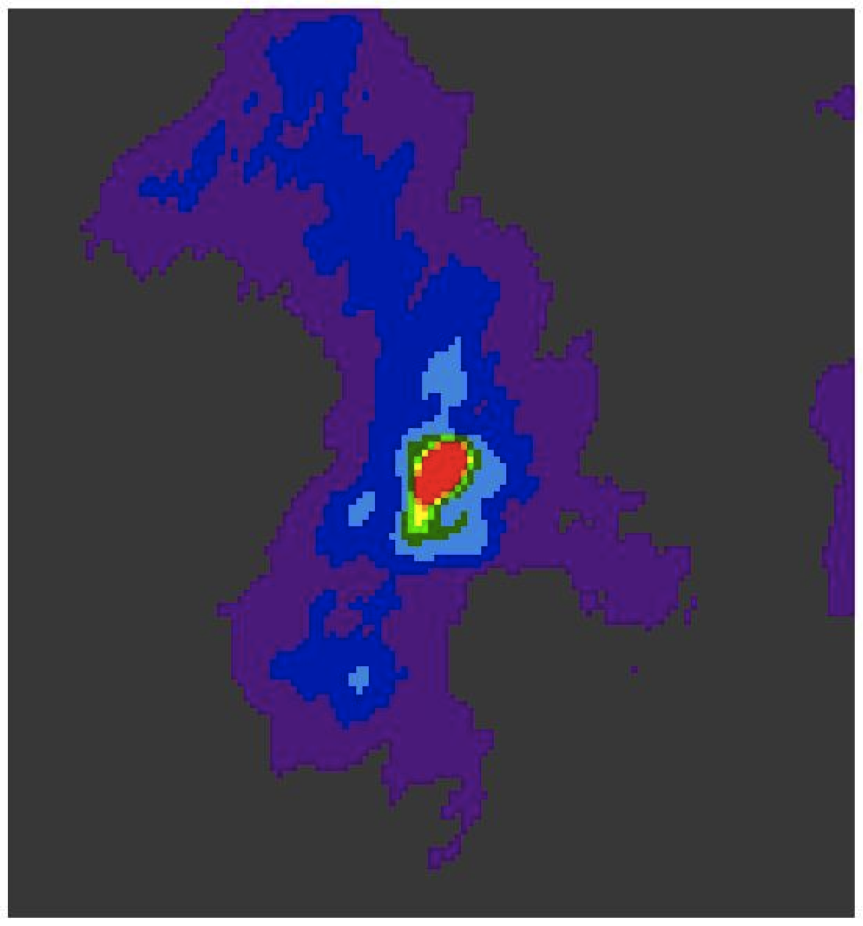
Lowest frequency radio emission at 125 cm has been seen in this most violent Galactic explosion .....
Detail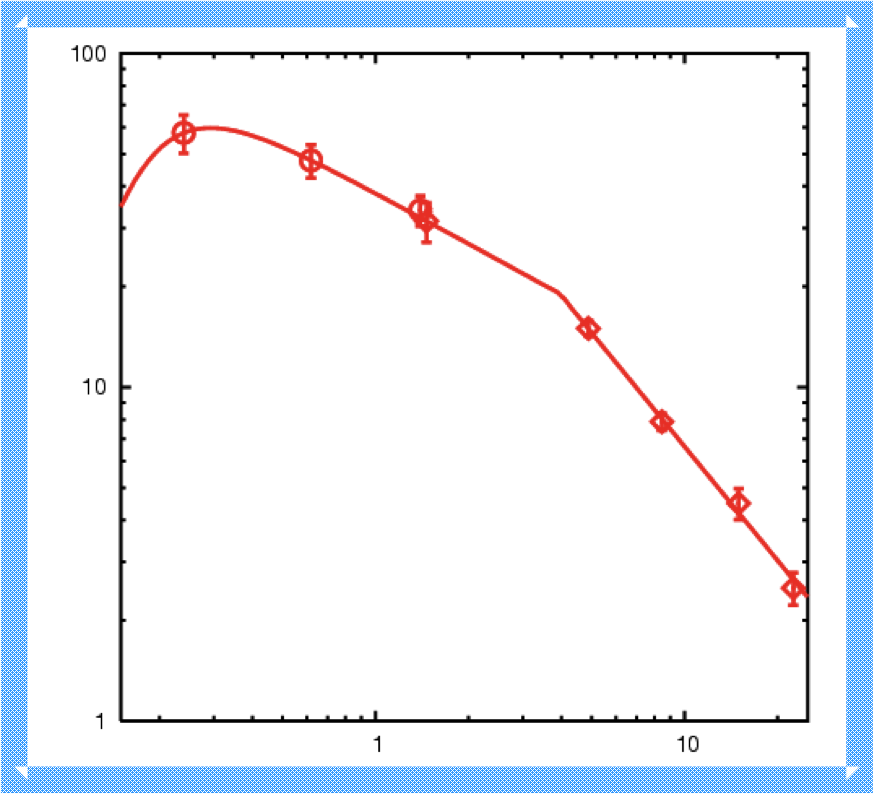
First time direct signature of synchrotron aging was seen in VLA and GMRT observations of SN 1993J.
Detail
